Chery Omoda 5 Malaysia: Proton X50-fighting SUV with 154hp 1.5T engine, priced from RM109,000
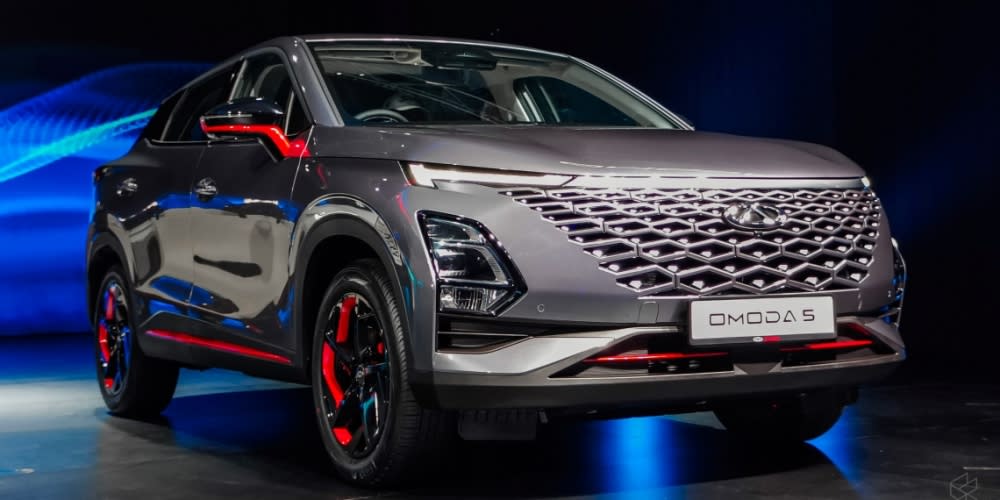
KUALA LUMPUR, July 7 — Having abandoned the Malaysian market for a good while, Chery has made its return in a big way, launching two SUVs with highly competitive specs and pricing. Here, we’re looking at the Omoda 5, which aims to compete with cars like the Honda HR-V and Proton X50 in the lucrative B-segment crossover market.
Chery Omoda 5 Malaysia pricing
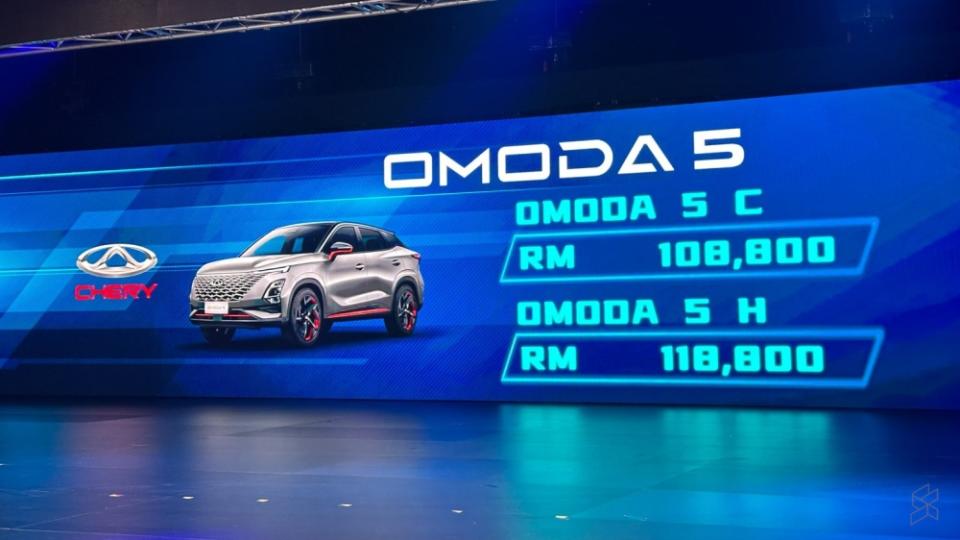
The Omoda 5 is available in two variants, curiously called the C and H. On-the-road prices excluding insurance are as follows:
• Chery Omoda 5 1.5L TCI C – RM108,800
• Chery Omoda 5 1.5L TCI H – RM118,800
This is some seriously attractive pricing, with the base model sitting in between the X50 Premium and Flagship, and the range-topper priced just RM3,000 more than the base non-turbocharged HR-V 1.5 E. All models get a segment-leading seven-year warranty, a ten-year/1,000,000km powertrain warranty and five years of free service. The Omoda 5 is locally assembled at the Inokom plant in Kulim, Kedah, which is Chery’s right-hand-drive hub for South-east Asia.
Chery Omoda 5 power and chassis
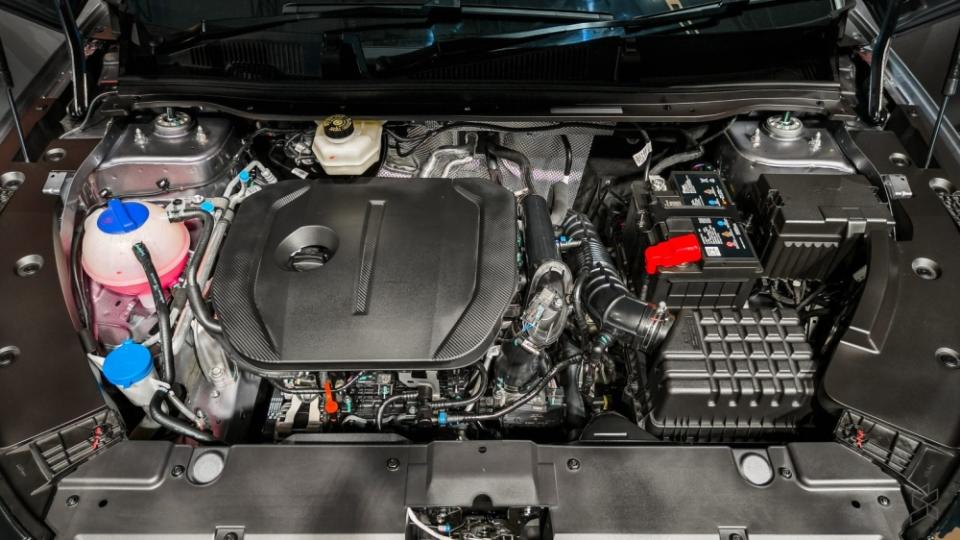
While the Omoda 5 will eventually be offered as a fully-electric vehicle, only a petrol engine is available for now. The 1.5-litre turbocharged four-cylinder mill produces 115KW (154hp) and 230Nm of torque. That’s quite a bit less than what its turbo rivals offer—133kW (178hp) and 240Nm in the HR-V and 130kW (174hp) and 255Nm in the X50 TGDI.
Drive is sent to the front wheels via a CVT with nine virtual ratios. Under the skin, you’ll find MacPherson strut suspension at the front and a torsion beam at the rear, similar to what you’ll find in the rest of the segment.
Slightly larger than rivals; futuristic interior
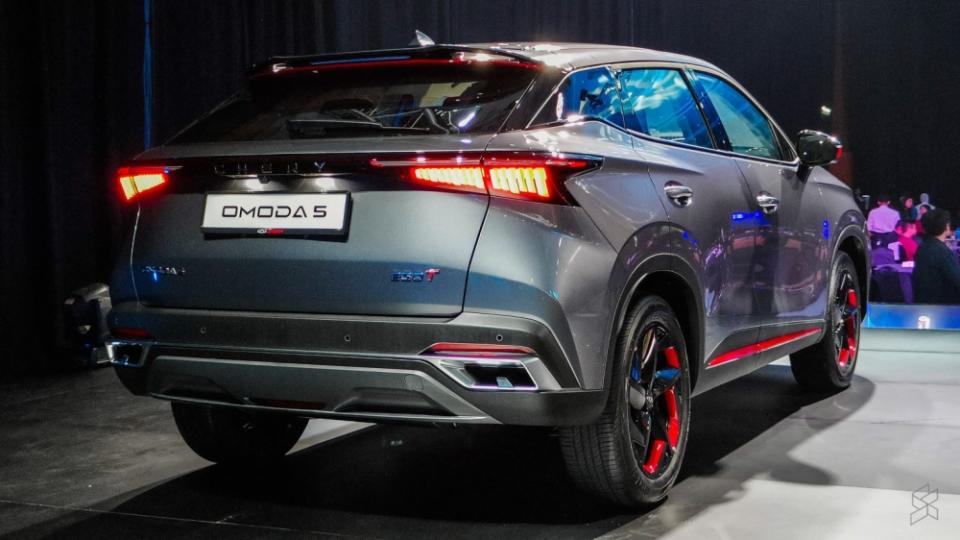
The Omoda 5 measures 4,400mm long, 1,830mm wide and 1,588mm tall, making it slightly larger than its natural rivals. That manifests itself in a mildly more substantial-looking vehicle, coming with a large grille, curvaceous body, upswept window line, full-width taillight design and optional blacked-out roof; the car bears a striking resemblance to the all-electric Nissan Ariya.
All models come with split LED headlights and handsome 18-inch turbine-style black alloy wheels that give the Omoda 5 a rather menacing look. The H variant is differentiated by the aforementioned black roof and red highlights on the lower front air intake, side skirts, tailgate spoiler and wheels. It also features an animated welcome sequence for the head- and taillights, along with sequential indicators.
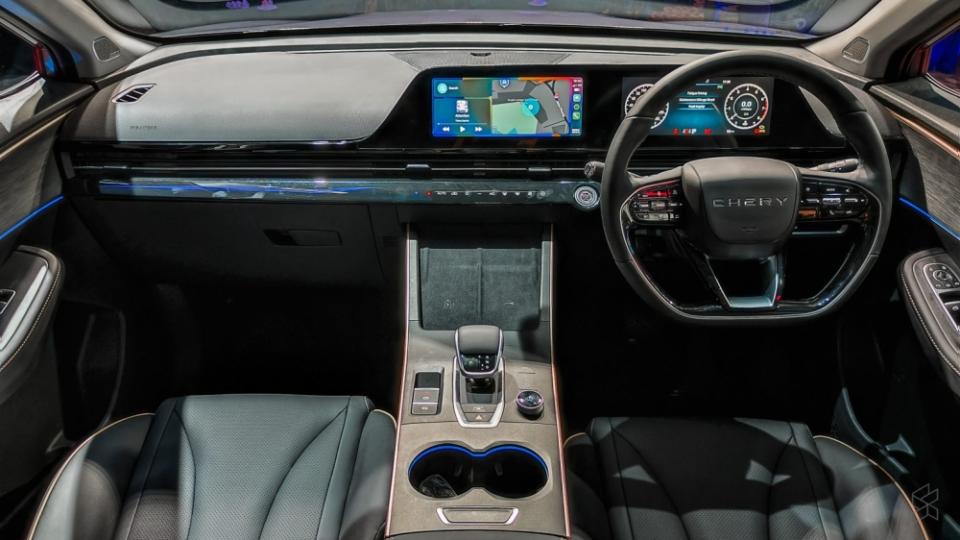
Inside, the Omoda 5’s minimalist, futuristic interior features a flat-bottomed steering wheel, a full-width air vent design, a tall and wide centre console and a sleek electronic gearlever, giving it an upscale look. The dashboard is dominated by twin 10.25-inch displays for instrumentation and infotainment, set within a Mercedes-Benz-style widescreen panel. Apple CarPlay, Android Auto and a voice control system come as standard, while the H model throws on an eight-speaker Sony-branded sound system.
Elsewhere, the Omoda 5 is surprisingly well-equipped. All models are fitted with keyless entry, remote engine start, dual-zone automatic climate control, Qi wireless charging, a noise-insulating acoustic glass windscreen, an auto-dimming rear-view mirror and 64-colour ambient lighting.
The H variant adds a power-adjustable driver’s seat, front seat ventilation, a sunroof and a hands-free powered tailgate. One major drawback of the Omoda 5 is that the boot measures just 360 litres, although you can expand this to 1,075 litres by folding the rear seats.
Full of driver assists as standard
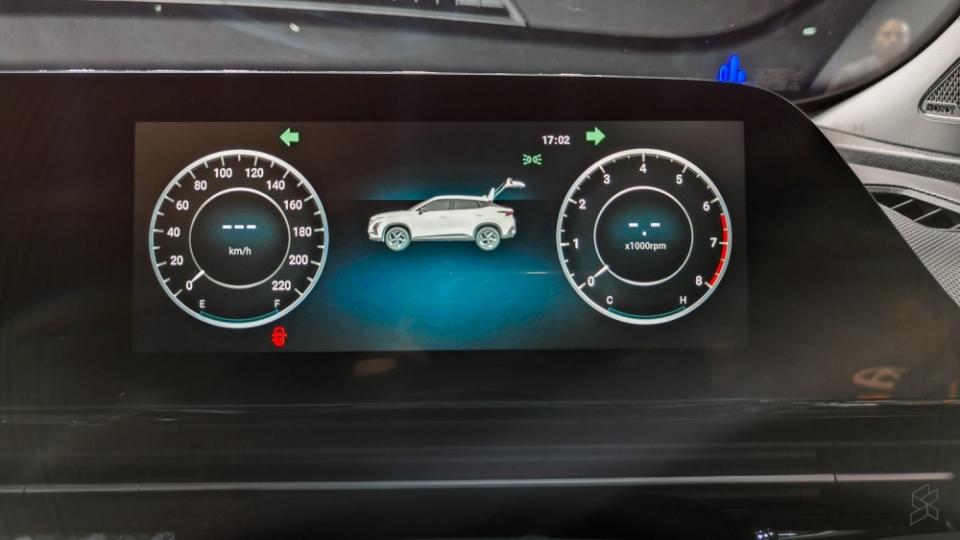
Perhaps most impressive is the level of driver assistance on offer. The Omoda 5 comes as standard with autonomous emergency braking, along with adaptive cruise control and lane centring assist for Level 2 semi-autonomous driving. Also fitted are emergency lane keeping, blind spot monitoring, rear cross traffic alert, automatic high beam and a reverse camera.
A few features are reserved for the H model, however, these being traffic sign recognition with speed limit assist and a 360-degree camera system. Six airbags and stability control come as standard. — SoyaCincau



